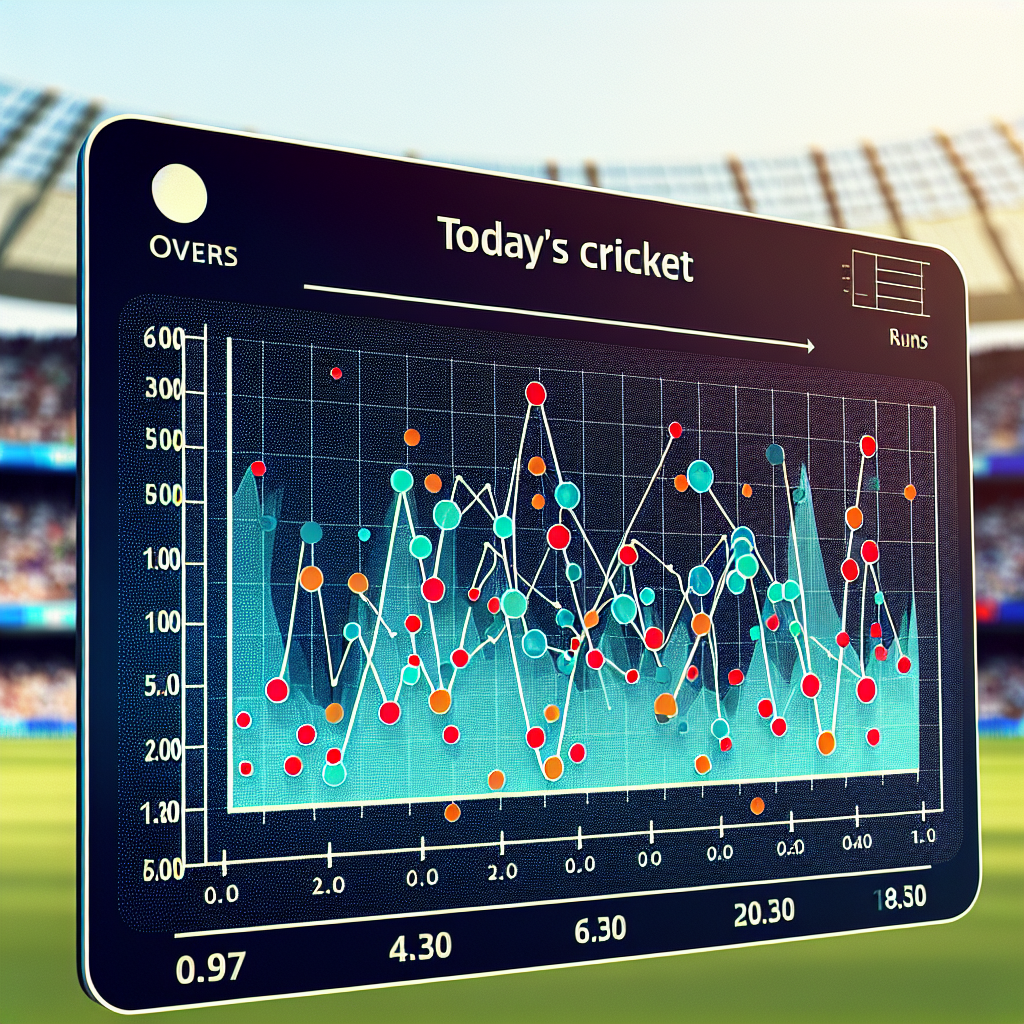Understanding Today’s Match Run Rate: A Comprehensive Guide

In the world of cricket, the run rate is a crucial metric that can often determine the outcome of a match. Whether you’re a seasoned cricket enthusiast or a newcomer to the sport, understanding the intricacies of the run rate can enhance your appreciation of the game. This article delves into the concept of the run rate, its significance in today’s matches, and how it influences strategies and outcomes.
What is Run Rate?
The run rate, often referred to as the scoring rate, is a measure of how quickly a team scores runs in a cricket match. It is calculated by dividing the total number of runs scored by the number of overs faced. The run rate is a dynamic statistic that can fluctuate throughout the match, reflecting the team’s performance and strategy.
Importance of Run Rate in Modern Cricket
In contemporary cricket, the run rate is more than just a statistic; it is a strategic tool that teams use to gauge their performance and make real-time decisions. Here are some reasons why the run rate is vital in today’s matches:
- Match Strategy: Teams often set targets based on the required run rate, adjusting their batting order and aggression levels accordingly.
- Net Run Rate (NRR): In tournaments, the net run rate can be a tiebreaker for teams with equal points, making it crucial for qualification to the next stage.
- Pressure Management: A high run rate can put pressure on the opposing team, forcing them to make errors or take risks.
Calculating Run Rate: A Step-by-Step Guide
Calculating the run rate is straightforward, but understanding its implications requires a deeper analysis. Here’s how you can calculate it:
- Basic Formula: Run Rate = Total Runs Scored / Total Overs Faced
- Example: If a team scores 250 runs in 50 overs, the run rate is 250/50 = 5.0 runs per over.
While the basic calculation is simple, teams often use advanced metrics and data analytics to predict future run rates and adjust their strategies accordingly.
Case Studies: Run Rate in Action
Case Study 1: The 2019 ICC Cricket World Cup
During the 2019 ICC Cricket World Cup, the net run rate played a pivotal role in determining the semi-finalists. New Zealand and Pakistan both finished with 11 points, but New Zealand advanced due to a superior net run rate. This scenario highlighted the importance of maintaining a healthy run rate throughout the tournament.
Case Study 2: The IPL’s Impact on Run Rate Strategies
The Indian Premier League (IPL) has revolutionized how teams approach run rates. With its fast-paced format, teams often aim for high run rates to outscore opponents. The IPL has seen some of the highest run rates in cricket history, with teams regularly scoring over 10 runs per over in certain matches.
Strategies to Optimize Run Rate
Teams employ various strategies to optimize their run rate, balancing aggression with caution. Here are some common tactics:
- Powerplay Utilization: Teams often aim to maximize runs during the powerplay overs when fielding restrictions are in place.
- Middle Overs Management: Maintaining a steady run rate during the middle overs is crucial to setting up a strong finish.
- Death Overs Acceleration: The final overs are critical for boosting the run rate, with teams often sending in big hitters to capitalize on the momentum.
Challenges in Maintaining a High Run Rate
While a high run rate is desirable, it comes with its own set of challenges:
- Risk of Wickets: Aggressive play to increase the run rate can lead to quick wickets, destabilizing the batting lineup.
- Bowler Adaptation: Bowlers may adjust their strategies, using variations and field placements to curb the run rate.
- Pressure on Batsmen: The need to maintain a high run rate can put immense pressure on batsmen, affecting their performance.
The Future of Run Rate in Cricket
As cricket continues to evolve, the role of the run rate is likely to become even more significant. With advancements in technology and data analytics, teams can now predict and simulate various scenarios, allowing for more informed decision-making. The integration of artificial intelligence and machine learning could further revolutionize how teams approach run rate strategies.
Conclusion
In conclusion, the run rate is a fundamental aspect of cricket that influences match outcomes and team strategies. Understanding its nuances can provide valuable insights into the game, whether you’re a player, coach, or fan. As cricket continues to evolve, the importance of the run rate is only set to grow, making it an essential metric for anyone looking to deepen their understanding of the sport.
By examining case studies, exploring strategies, and considering future trends, this article has provided a comprehensive overview of today’s match run rate. As you watch your next cricket match, keep an eye on the run rate and consider how it shapes the unfolding drama on the field.

Leave a Reply